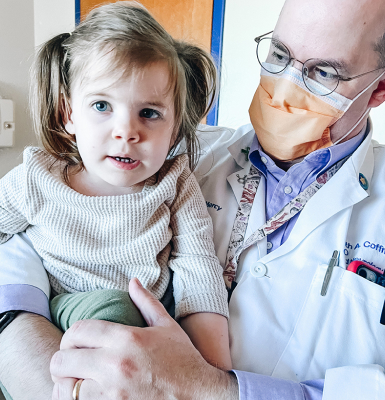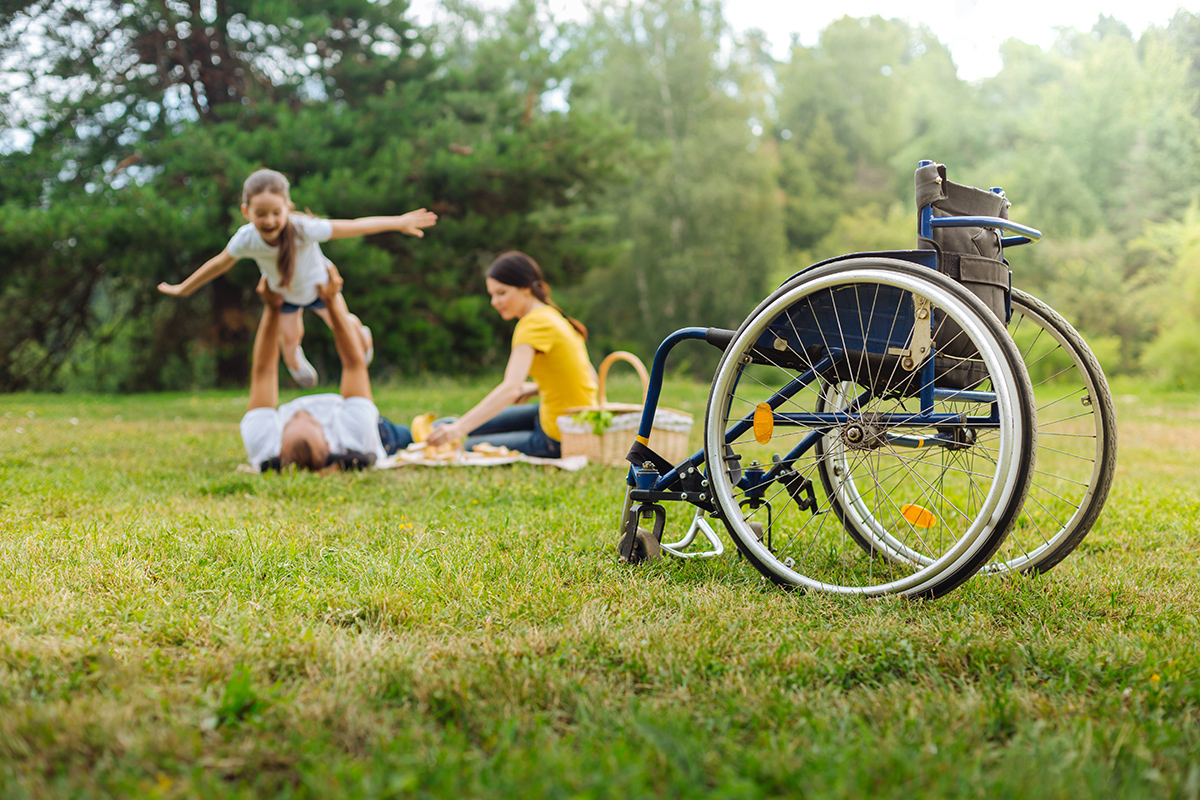The first signs of AHC may include:
- Uncontrollable eye movements (nystagmus)
- Temporary paralysis of one side of the body, leg, arm, or face (hemiplegia)
- Muscles contracting involuntarily (dystonia)
- Temporary paralysis from the neck down, including the trunk, and all four limbs (quadriplegia)
- Seizure-like episodes
Symptoms of AHC
- Improper eye movement or reaction to stimuli (ocular motor dysfunction)
- May range from simple numbness in an extremity to full loss of feeling and movement
- Paralysis episodes lasting minutes, hours, or days
- Episodes may begin on one side and alternate to the other
- One side may be more frequently affected or episodes may always start on the same side.
- Involuntary, repetitive twisting and sustained muscle contractions, resulting in painful abnormal movements and posturing (dystonia)
- Lack of coordination when performing voluntary body movements (ataxia)
- Recurrent, continuously flowing, or unpredictable and uncontrolled body movements (choreoathetosis)
- AHC episodes are typically relieved by sleep but may resume upon waking
- Cognitive and behavioral dysfunction develops in the majority of AHC patients.
- True epileptic seizures are developed by 50% of the AHC population during the course of their illness
Typical Triggers of AHC
AHC episodes are often associated with individualized triggers that cause overstimulation which precedes or induces the attack. These may include:
- Psychological stress or emotional response
- excitement, anxiety, anticipation, or fright
- Environmental stressors
- bright light, fluorescent bulbs, sunlight, excessive heat or cold, excessive sound, crowds, excessive odors/pollution
- Water exposure
- bathing or swimming
- Certain foods or fragrances
- dyes, chocolate, missed meals
- Excessive or atypically strenuous exercise
- jumping, swinging, dancing, playing
- Fatigue
- sleep disturbances, missing a nap, delayed bedtime
- Medications
- newly added or changed
- The onset of common illnesses
- No identifiable cause
How AHC is Diagnosed
AHC is estimated to occur in approximately 1 in 1,000,000 births, however, the true incidence may be higher since the disorder is commonly misdiagnosed due to the lack of awareness and variability of clinical features. AHC affects males and females in equal numbers.
A clinical Neurologist upon examination would consider the following diagnostic criteria as the indicators of the disease (Aicardi Criteria):
- The onset of recurring symptoms (paroxysmal) before 18 months of age
- Repeated bouts of hemiplegia involving the right or left sides of the body that may alternate to the other side (in laterality)
- Episodes of bilateral hemiplegia or quadriplegia start either as a generalization of a hemiplegic episode or as bilateral from the onset
- Immediate disappearance of all symptoms upon sleep, which may later resume 10 – 20 minutes after awakening
- Other paroxysmal disturbances including tonic/dystonic attacks, abnormal involuntary eye movements, shortness of breath (dyspnea), and other autonomic phenomena (nervous system regulator of certain internal body processes) occurring during hemiplegic bouts or in isolation
- Evidence of developmental delay, intellectual disability, or neurological findings such as choreoathetosis, dystonia, or ataxia
- Not attributable to other disorders
Genome sequencing testing is also available to diagnose AHC. Approximately 80% of those affected by AHC have a mutation on the ATP1A3 gene. Recently the gene CLDN5 was identified as a second causative gene in AHC. Ongoing research will need to continue to identify the remaining causative genes.
When genetic confirmation is not available, the clinical criteria weighed against other possibilities, have been the best indicator of the disease.
Treatment
Currently, there is no cure for AHC, and medicinal treatment options are extremely limited. AHCF has been leading the charge in research for treatments and a cure for decades and continues to fund multiple research projects
- Medicinal Treatment
- Flunarizine (brand name Sibelium) is a calcium channel blocker and has shown some effectiveness in reducing the severity, intensity and/or duration of paralytic episodes, but is not an effective treatment in all cases.
- A variety of rescue medications are used with the intent of inducing sleep, aborting attacks, and/or reducing the frequency and/or severity of paroxysmal events.
- AHC is highly variable. The effectiveness of current therapies for AHC will vary greatly among affected individuals. Putting together a team of specialists as early as possible to assist with AHC care is essential to maximize developmental achievements. Specialists may include:
- Neurologists
- Movement disorder specialists
- Cardiologists
- Gastroenterologists
- Endocrinologists
- Ophthalmologists
- Sleep specialists
- Psychiatrists & Psychologists
- Physical Therapists
- Occupational Therapists
- Speech and Language Pathologists
- Applied Behavior Analysts
Long-Term Effects of AHC
Those with AHC do not grow out of the disorder as the title would suggest. The title refers to the onset of the disorder.
- There is mounting evidence of ongoing mental and neurological deficits with a progressive course.
- Although there is no documentation that the disorder limits life expectancy, symptoms may change with age and result in life-threatening complications such as aspiration.
- In rare cases, AHC persons have died suddenly and unexpectedly (similar to “sudden unexplained death in epilepsy” or SUDEP).
- Monitoring oxygen levels and ensuring safe management of secretions may be needed during severe episodes.
- Careful evaluation to identify problems associated with episodes is a critical part of the care plan.
Despite the difficult reality of AHC, we can reassure you that AHCF holds fast to hope through relentless advocacy, support, and research to end AHC. We are here for you until we do.
To learn more about AHC, go to:
ATP1A3 and AHC Genetic Testing
Disorders associated with AHC
Dystonia Behavior and psychosocial conditions
Epilepsy Autonomic dysfunction





